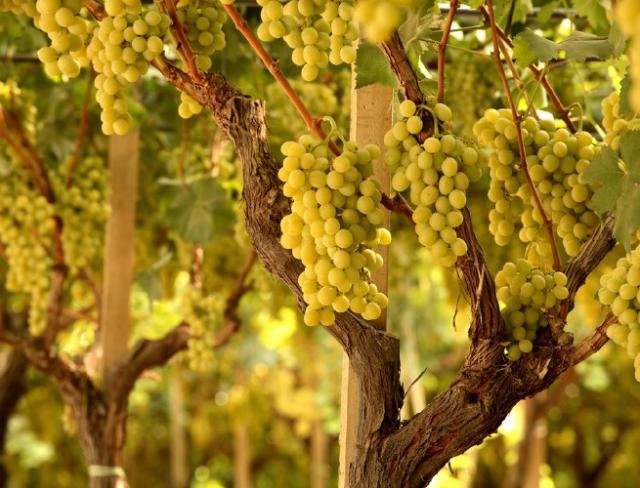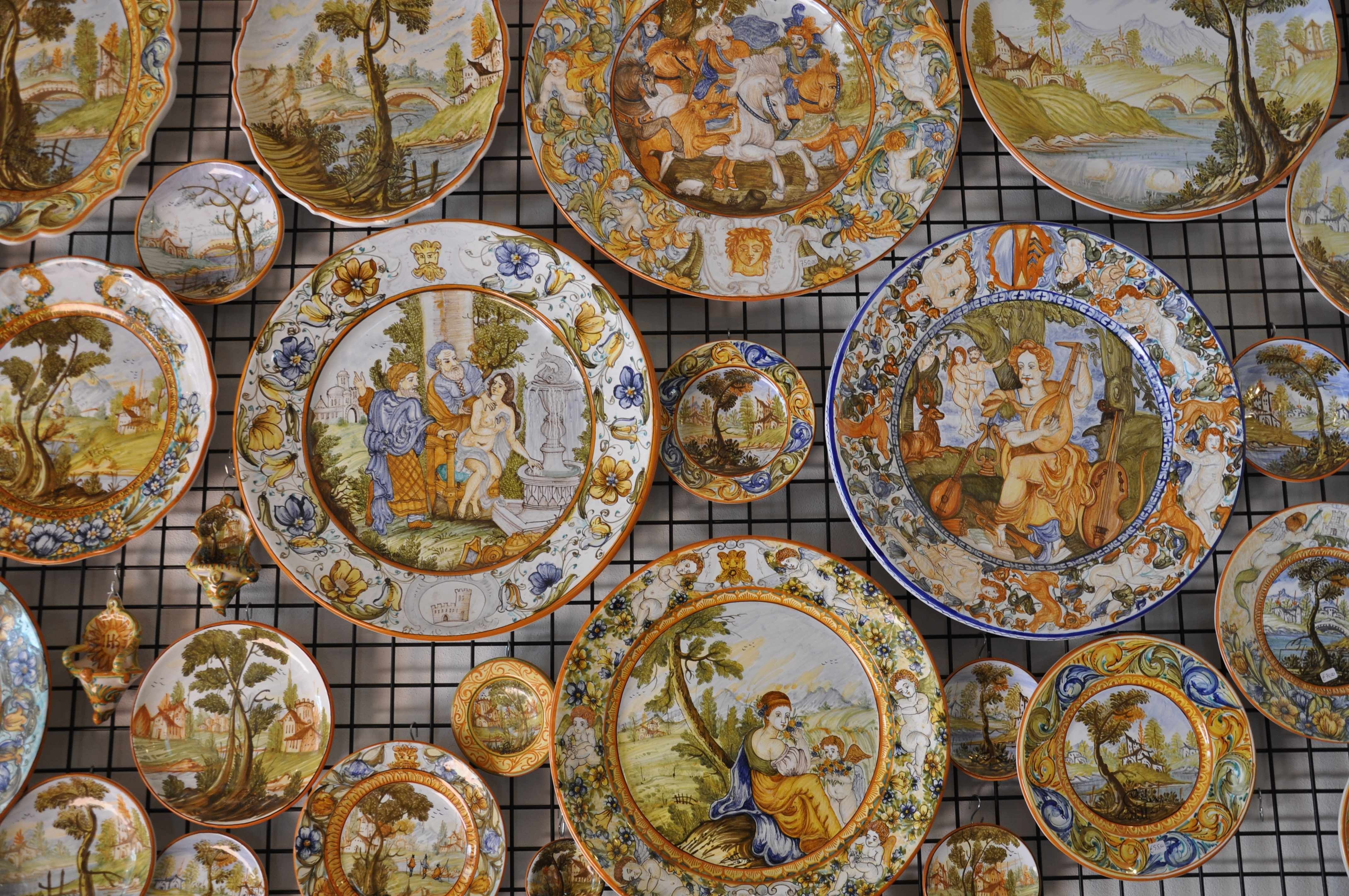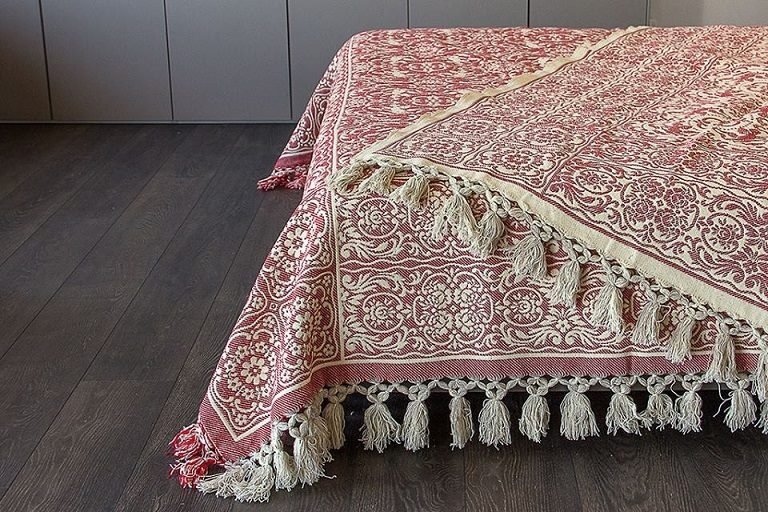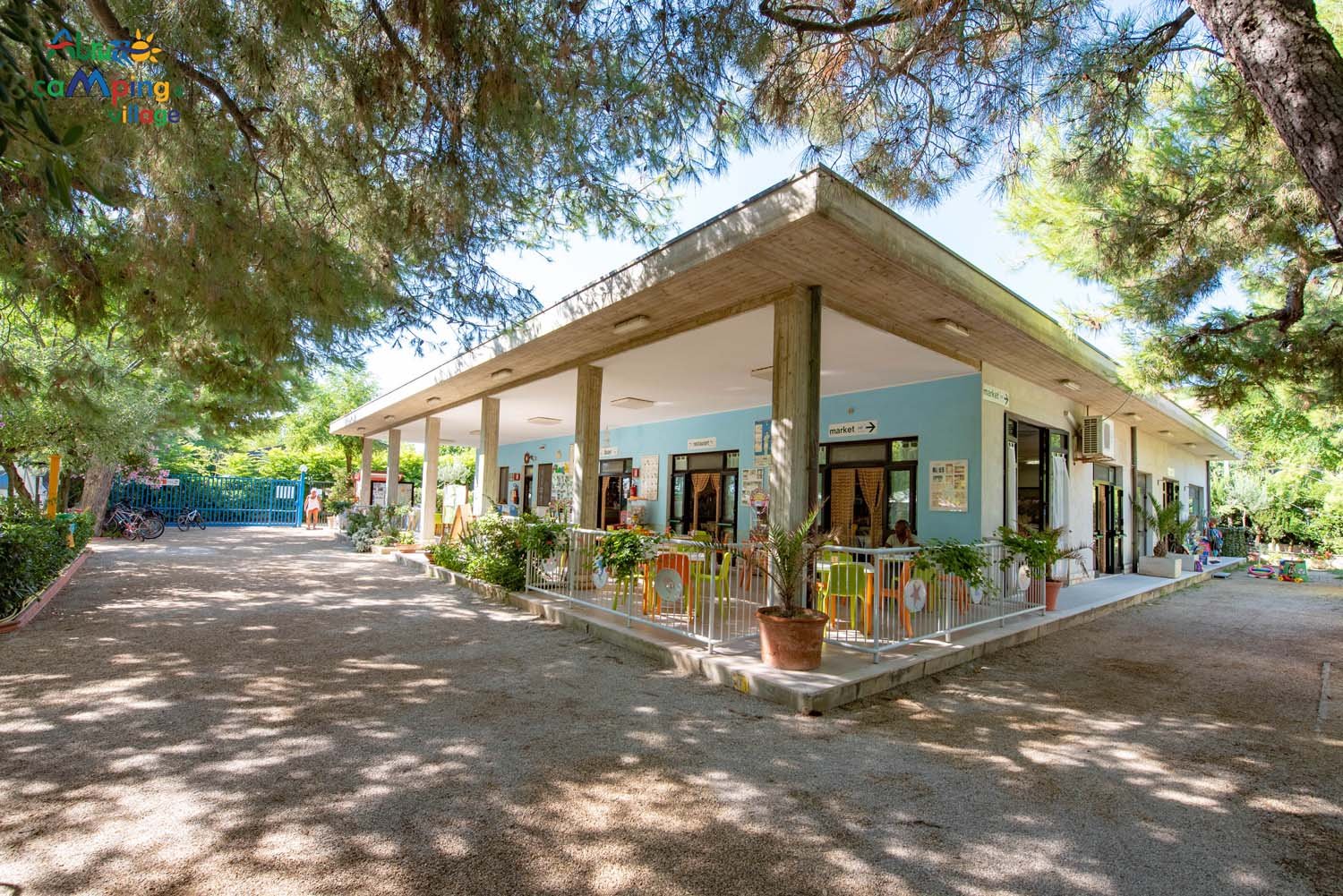Traditional historical grape varieties: Cococciola
Today, dear reader friends, I want to talk to you, for a change, about Abruzzo and in particular about a white grape variety/wine with a nice and curious name, the 'versatile' Cococciola.
It is a rare indigenous Abruzzi vine whose origins have yet to be discovered, but it has been cultivated in the Abruzzi region for a very long time and has recently been increasingly valued. Cococciola vineyards find their ideal environment mainly in the province of Chieti.
Until a few years ago it was used as a blending grape to add freshness and acidity to other types. Now it is increasingly found vinified in purity, especially in the IGT (Typical Geographical Indication) Colline Teatine and Terre di Chieti.
The evident and pleasant acidic component of this grape has prompted some wineries to attempt sparkling wine production, both in terms of the Charmat-Martinotti Method and in terms of the Metodo Classico, using base wines produced with Cococciola in purity, or in blends with other local vines, obviously favouring the winery's own personal wine-growing philosophy.
The colour is a beautiful deep straw yellow, the nose captivates with delicate and slightly herbaceous scents with a distinct and clear citrus note, the taste is decisive and linear, played on an acceptable sapidity and a slightly almondy finish.
An original, special and unique wine that I recommend trying, to be enjoyed not only as an aperitif, but also in combination with fish-based appetisers, non-spicy and not too elaborate first courses, excellent with steamed seafood.
I would like to remind you that the charm of indigenous vines lies above all in their uniqueness linked to territoriality ... which does not necessarily mean 'excellence'. Uniqueness can also be very simple but pleasant... and this is precisely the case with Cococciola, which is not prone to endure great evolution and refinement over time, but has been able to earn its unquestionable dignity over the years. Chapeau!









 IT
IT EN
EN DE
DE